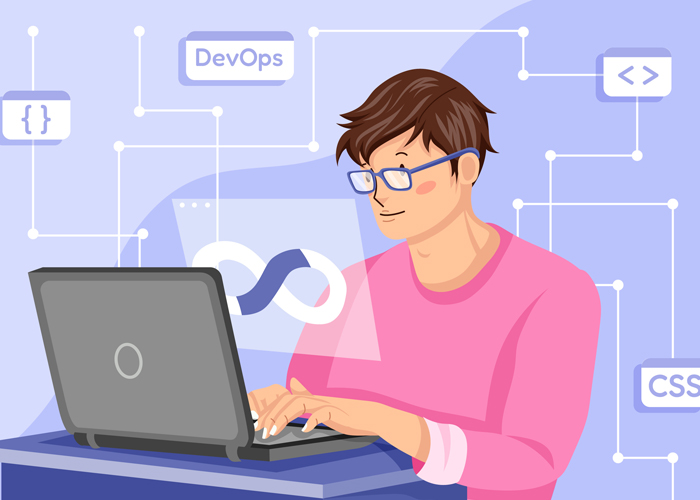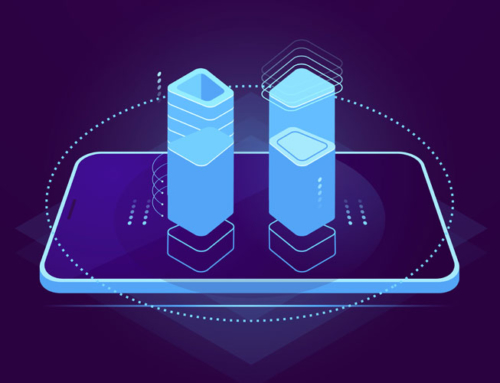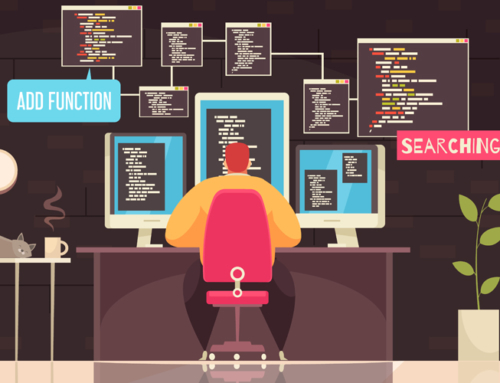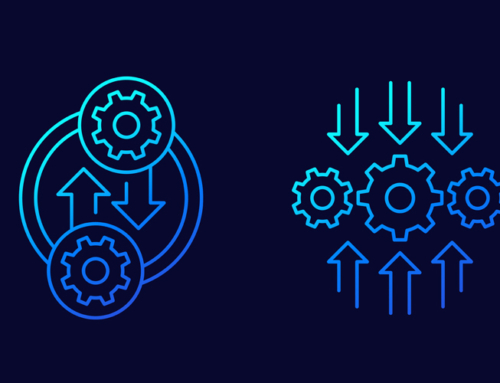Understanding the importance of DevSecOps for web application security is vital for today’s development teams. Agile development, cloud-based apps, and API security best practices are all defined by integrating security into development life cycles.
A secure app is a successful one. Not only will this make your development more streamlined, it will also create an application that returns on your investment.
Here are the 7 best practices for a successful DevSecOps life cycle.
1. Get Ready to Shift Left
Before we can talk about DevSecOps, we need to take a quick look at the history of web app development that has brought us to this current moment.
Applications used to be shipped out on physical media. You would buy your new application on a floppy disk, CD, or thumb drive and then install it. This meant that apps needed to be fully tested and ready to go at launch.
This shifted security testing “right”, which meant that all testing was completed once the application was fully built and ready to ship. In today’s cloud-based world, this simply no longer works.
DevSecOps is part of the shift left movement that seeks to bring security testing and solutions into the development process. It is too costly and inefficient to test and fix at the end of a development cycle rather than throughout the development process.
The added efficiency of DevSecOps means getting ready to jump into a few major changes to your traditional DevOps environment.
2. Know Your DevSecOps Tools
DevSecOps works in large part thanks to some advanced, modern tools that improve security testing and protection. These tools are integrated into the development process and allow web app dev teams to bring security practices into their development.
These tools each have their own role to play in shifting your development cycle left. Your team should be familiar with these tools and consider how you can integrate them into your app’s development life cycle.
- IAST—Interactive Application Security Testing works while your web app is being run by an automated test, human tester, or while the app is “interacting” with external software. This type of testing checks for flaws in real-time. It can only check the aspects of your app that run and interact with this functional test.
- DAST—A Dynamic Application Security Test is a type of black-box testing that attempts to “attack” your app in the same way a hacker would. This testing is outstanding for identifying injection vulnerabilities, validation and authorization errors, and other common vulnerabilities. DAST should always be paired with a test that can look at the code and architecture of your app itself.
- SAST—Static Application Security Testing looks at your application from the inside out. This test analyzes source, byte, or binary code and specifically identifies the exact location of flaws. SAST and DAST are highly effective when paired together.
- RASP—Run-time Application Self-Protection is a cutting-edge tool that showcases the power of shift left security. RASP runs on either your application or the cloud platform and actively identifies vulnerabilities and stops attacks in real-time. RASP can be configured to your application’s specific threat modeling.
- SCA—Virtually every modern app and piece of digital infrastructure relies on open-source code. Software Composition Analysis can identify every piece of open-source code and components as well as their libraries and dependencies. In a post-Log4Shell world, SCA should be seen as a mandatory aspect of DevSecOps.
3. Staying Educated as a DevSecOps Practice
You’ll often see articles tacking on “education” as a component of DevSecOps, but this should be much closer to the core of your DevSecOps best practices than many web app developers expect. Education isn’t just a nice thing to have, it’s a material practice that bolsters your security.
Your dev teams should be informed about the threats your application is, and could be, facing as well as how your security measures function. Developers further away from certain aspects of the project might not need to know the code-level specifics of sanitizing inputs or Source Composition Analysis (SCA), but they should know why these are important.
DevSecOps is the integration of Security into Development and Operations. This starts with ensuring that Development and Operations team members are informed about security measures and practices.
4. Build a Culture of Security
Developers, security team members, and other stakeholders working directly with your app have a natural proximity to security that is easy to understand. However, everyone that interacts with your application should become a part of your DevSecOps life cycle.
With app development becoming increasingly cloud-based, there’s no longer as much distance between funding, c-suite, and other parties as there used to be. Login information can be compromised, trusted accounts can be hijacked, even an exec with poor password management could jeopardize your application.
In practice, this means everyone should be onboard with basic security practices. Everyone at all points of intersection with your web app should be up-to-date with security basics like strong password management, how to recognize common threats like unsafe emails and websites, and they should know the value of emphasizing the “Sec” in DevSecOps.
Your team can help build this culture of security on a material level. Rather than just sending out another email about strong passwords, you can begin to build a culture of least privilege inside your development environment which prevents users from accessing any information they do not need for their roles in your development life cycle.
5. Create Bridges In Your Security Culture Silos
Web application development is still working through the shift left transition. There are still too many teams, companies, and developers that are stuck in the siloed structure of out-of-date application development.
Your team can start to overcome these information barriers by building bridges that connect siloed aspects of your development. These bridges should be built to facilitate the movement of security information from person to person and department to department.
The more your team knows about security, how your web app is tested and protected, and why these measures matter, the stronger your security efforts will be.
6. Plan, Test, Monitor
In an ideal world, a web app with a fully functional DevSecOps life cycle integrates security planning, testing, and monitoring into development.
Planning covers both threat modeling of expected security threats as well as the security practices and tools that will boost your web app and API security. This planning process should involve everyone on your app’s dev team, not just dedicated cybersecurity team members.
Testing should start once sections of your app’s code start to come together. Automated testing tools can scan sections of base code and applications in their runtime environments. These tests will allow your team to spot security flaws before they become too “baked in” to your application’s code.
Monitoring is an ongoing process that starts after your application is launched. Monitoring combines automated and manual processes that watch for attacks, such as a DDoS attack, and common security breaches. Monitoring is essential in a world where cybersecurity threats are just as agile and responsive as our application development life cycles.
7. Rely On Third-Party Security Experts
Web Application Security is all about being able to fully integrate security into your CI/CD pipeline. Third-party experts can not only run tests and implement automated tools, but they can also help your team overcome cultural and educational problems that are much harder to spot security flaws.





